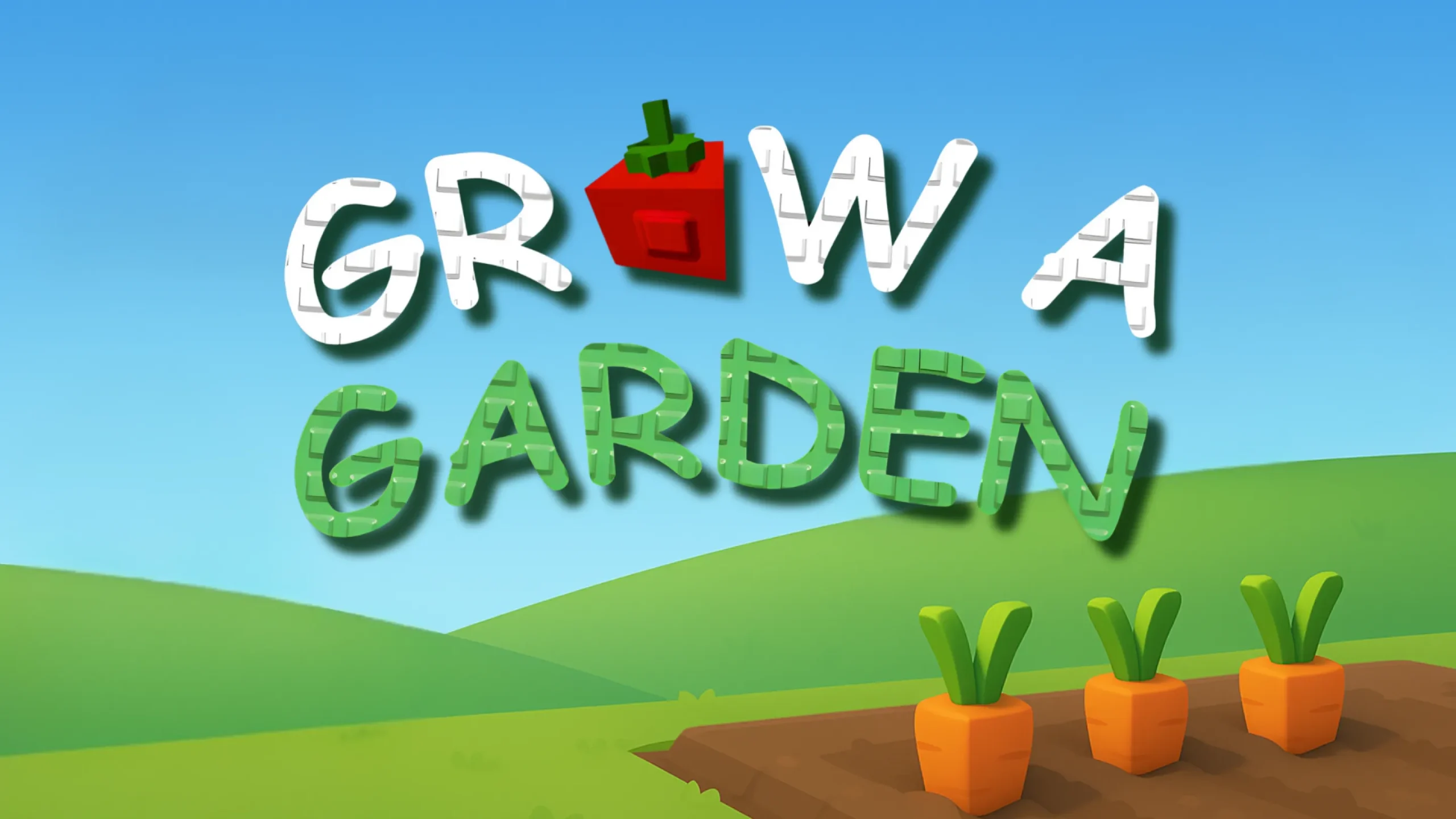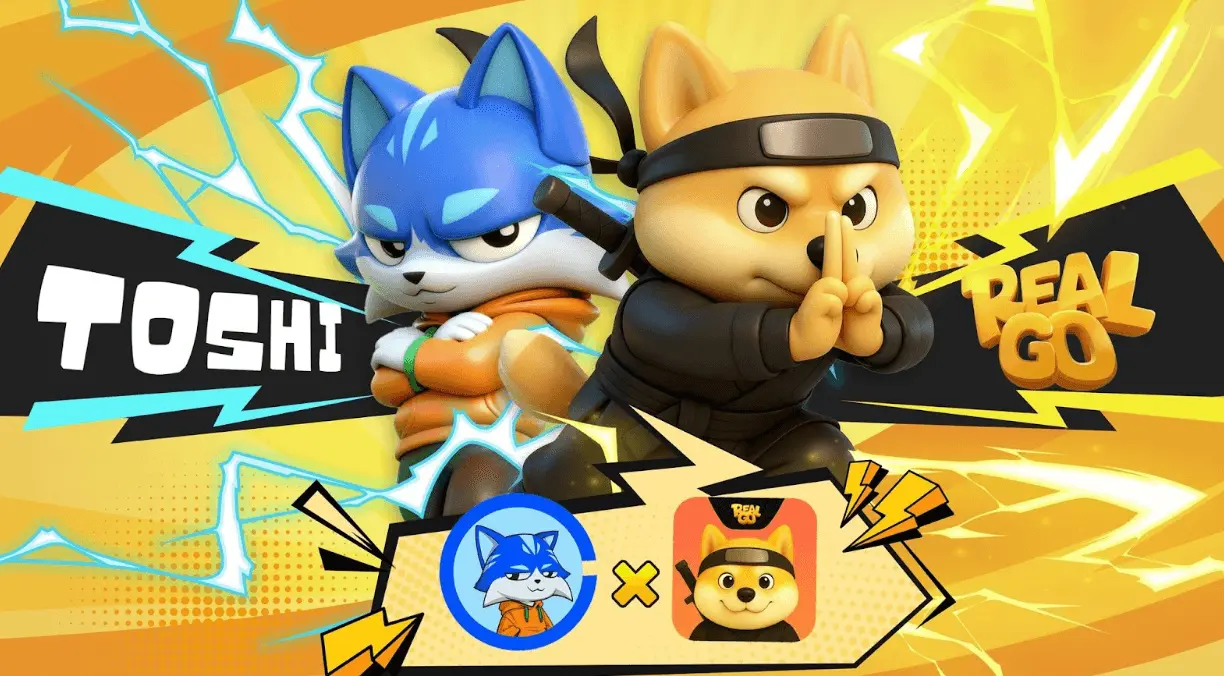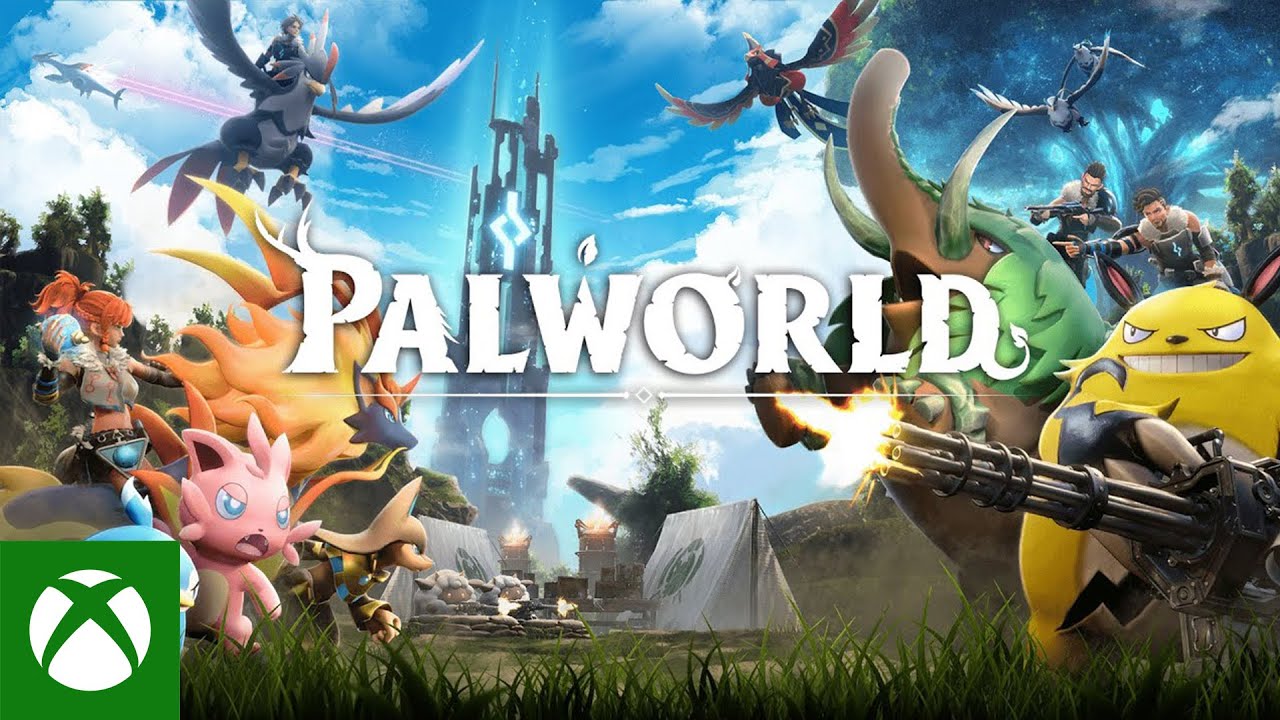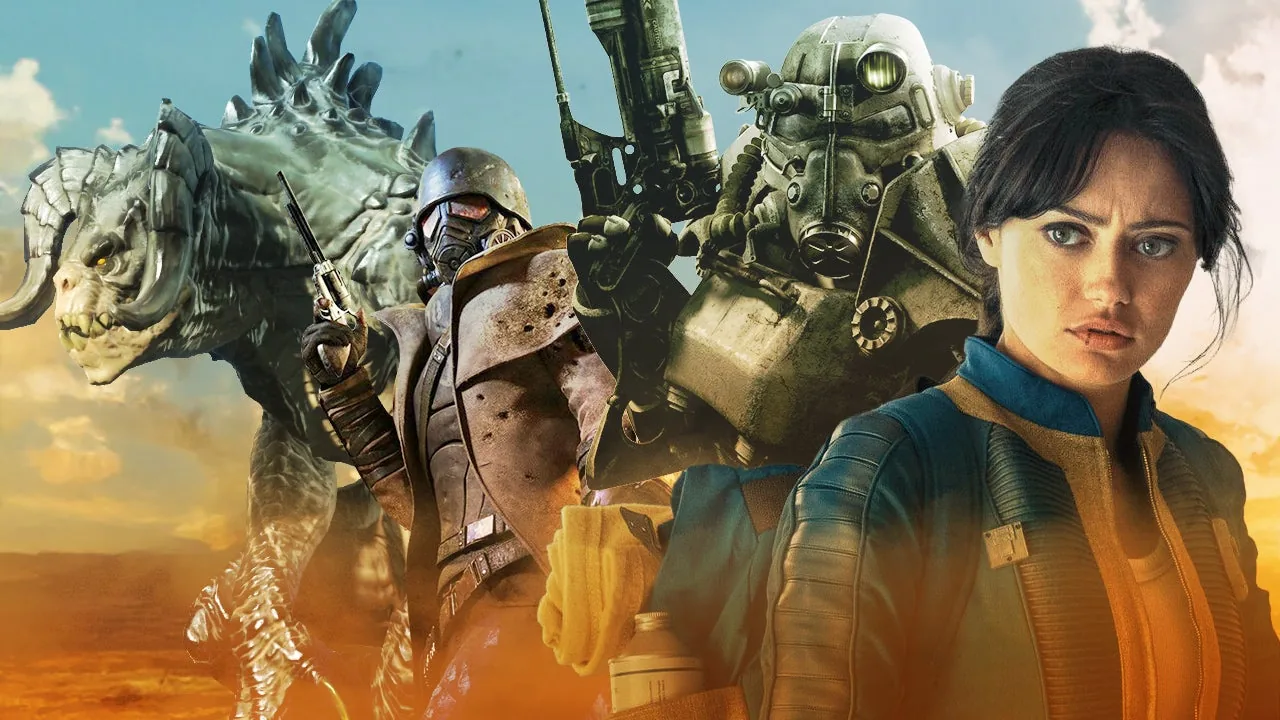A Record-Breaking Calm in the Gaming Storm
While action-packed shooters and fast-paced adventures usually dominate online gaming, a calm contender has quietly taken the crown. Grow a Garden, a virtual gardening simulation on Roblox, has shattered records by pulling in over 16 million concurrent players—eclipsing even Fortnite, the long-standing giant of adrenaline-fueled gaming.
The twist? Grow a Garden is as laid-back as games get. Players are given a small plot of digital land where they plant seeds, wait for them to grow, and eventually harvest crops—all set to relaxing music. With a gameplay loop based on patience rather than power, it’s a far cry from the usual battles and explosions we associate with online hits.
Its success speaks to a broader shift in what players—especially younger ones—seek in their gaming experience.
Inside the Phenomenon: What Makes Grow a Garden So Addictive?
At first glance, Grow a Garden might seem too simple to be engaging. But that simplicity is part of its genius. Developed by Janzen Madsen and Splitting Point Studios after acquiring the original idea from Roblox, the game taps into a surprisingly addictive loop: plant, wait, harvest, and upgrade.
Players can buy seeds, sell crops, and even steal from other gardens—introducing a light competitive edge. While the game continues even when you’re offline, speeding things up with Roblox’s premium currency, Robux, is an enticing option for many.
Children like Eric and Owen Teire, ages 8 and 10, say the game is a major hit at school. “We can do competitions with each other,” says Eric. Whether it’s comparing wealth (Sheckles) or racing to grow a rare sugar apple, there’s an unexpected social depth under the soil.
With 35% of its 9 billion total visits coming from players aged 13 or younger, the game is clearly resonating with a new generation—one that values creativity, community, and slow progress as much as fast action.
A Digital Garden with Real-World Impacts?
Could this virtual green thumb culture lead to real-life gardening enthusiasm? Experts are split.
Oxford professor Andrew K. Przybylski is skeptical. He argues that playing Grow a Garden might be fun, but it’s unlikely to inspire actual outdoor planting—“no more than Super Mario Wonder encourages plumbing.”
But others see potential. BBC gardening presenter Thordis Fridriksson believes that the game mimics the core appeal of real gardening: planting, nurturing, and witnessing growth. “It taps into the same thing which makes gardening so addictive,” she says.
In fact, young players like Owen and Eric do help out in their family’s garden. Still, when asked to choose between their backyard and the game, Owen didn’t hesitate: “Grow a Garden!”
The Roblox Effect: Safety, Spending, and Screen Time
Roblox’s influence continues to expand globally, hosting over 97 million daily users and more than 40 million games. While its accessibility and creativity are praised, concerns remain—especially around in-game spending and child safety.
Grow a Garden is free to play, but success can be accelerated using Robux. Academic Prof Sarah Mills notes that these monetized reward systems shape children’s understanding of money and can create friction in families. Rare items, like a mutated candy blossom tree, are even being resold on eBay for hundreds of dollars.
Roblox maintains that its moderation and safety tools are robust, stating that “even one bad incident is one too many.” Still, as games like Grow a Garden become global sensations, the need for education around digital literacy and spending grows alongside them.
Conclusion
Grow a Garden may seem like a quiet revolution in gaming, but its impact is loud and clear. It challenges conventional wisdom about what makes a game successful—proving that slowness, simplicity, and serenity can be just as compelling as action and chaos.
Whether it’s a passing trend or the beginning of a new era in virtual play, one thing is certain: Grow a Garden has planted itself firmly in the hearts of millions.
And just maybe, in their real-world gardens too.




